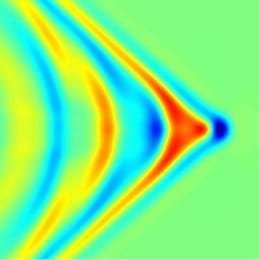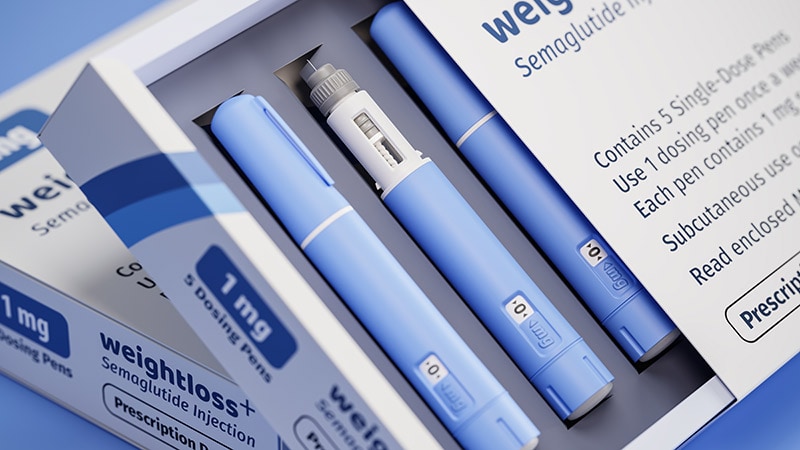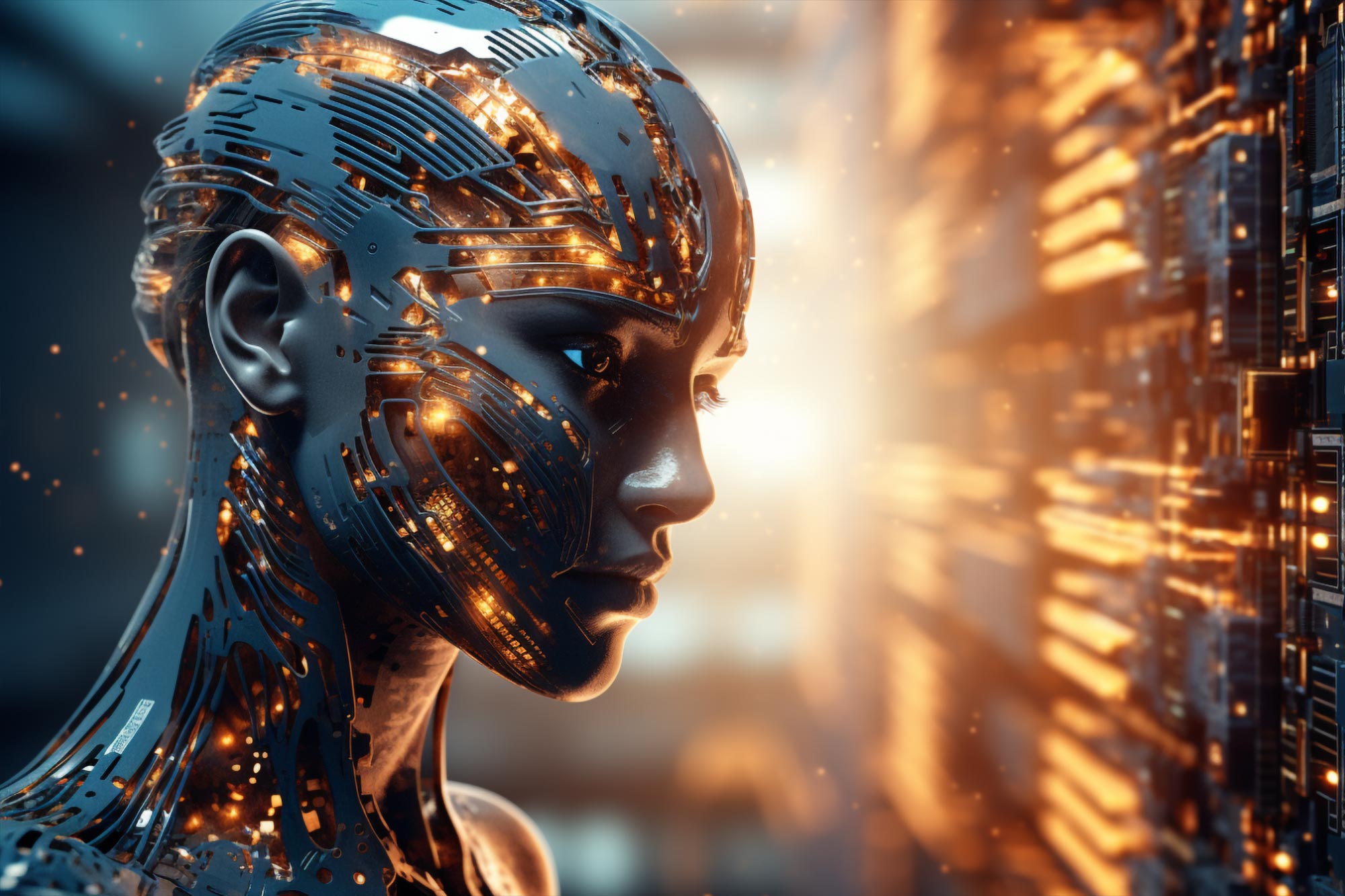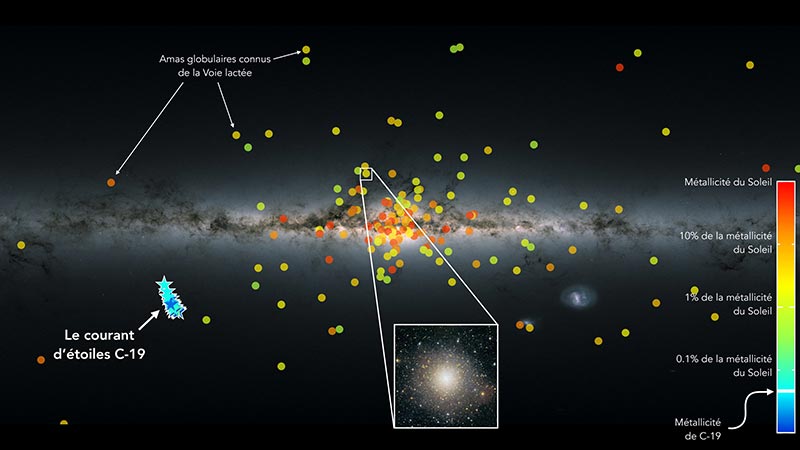The development of haptic systems for telepresence, teleoperation, and virtual reality has long been focused on creating devices that enable users to interact with virtual three-dimensional (3D) items or surroundings floating in midair without any physical objects. By concentrating ultrasound output from phased arrays of transducers, emerging 3D holographic haptic displays can provide such tactile feedback in midair. The skin is deformed by nonlinear acoustic radiation pressures caused by incident ultrasound.
However, current holographic haptic systems furnish tactile sensations that are diffuse and faint, with apparent spatial resolutions that are far coarser than would be theoretically predicted from acoustic focusing.
A UC Santa Barbara research team has discovered a new phenomenon that leads to upcoming holographic haptic displays and may lead to more appealing virtual reality experiences.

Photo Credit: GREGORY REARDON
Yon Visell is an associate professor in UCSB’s Faculty of Engineering whose research focuses on interactive technologies, especially haptics, roboticsand electronicssaid, “Our new study explains why such holograms feel much more diffuse or indistinct than would be expected.”
The study used high-resolution optical imaging, modeling, and perceptual tests to investigate excited waves stimulated in the skin during haptic holography. They observed that holographic displays cause extensive vibrating patterns in the skin, known as shear shock waves.
According to Visell, shock waves are generated in haptic holography when ultrasonic waves are focussed and scanned in midair, creating vibrations in the skin. These vibrations can interfere with each other so that their power is amplified at some points, a process known as constructive interference.
Shock wave creation produces a trailing wake pattern that extends beyond the intended focus point, reducing the spatial accuracy and clarity of tactile impressions. According to the researchers, if the concentrated sound beam represents a fast-moving boat on the water, the shock wave pattern represents a wake trailing the ship. Modern holographic haptic displays generate shock wave patterns in the skin that are so dispersed that the sensations seem highly diffuse.
Visell said, “Our study reveals how holographic haptic displays, which are a promising new technology for virtual reality and telepresence, require new knowledge in acoustics innovations in design. By understanding the underlying physics of ultrasound-generated shear shock waves in the skinwe hope to improve the design of haptic holographic displays and make them more realistic and immersive for users. Such haptic displays could enable us to augment our physical surroundings with a limitless variety of virtual objects, interactive animated characters, or graspable tools that can be not only seen but also touched and felt with the hands.”
The discovery of shock wave phenomena supports haptic holography. It may also lead to haptic holography displays, allowing users to interact more realistically in the future metaverse.
Journal Reference:
- Gregory Reardon,Yon Visell et al. Shear shock waves mediate haptic holography via focused ultrasound. Science Advances. DOI:10.1126/sciadv.adf2037
Note: This article have been indexed to our site. We do not claim legitimacy, ownership or copyright of any of the content above. To see the article at original source Click Here













